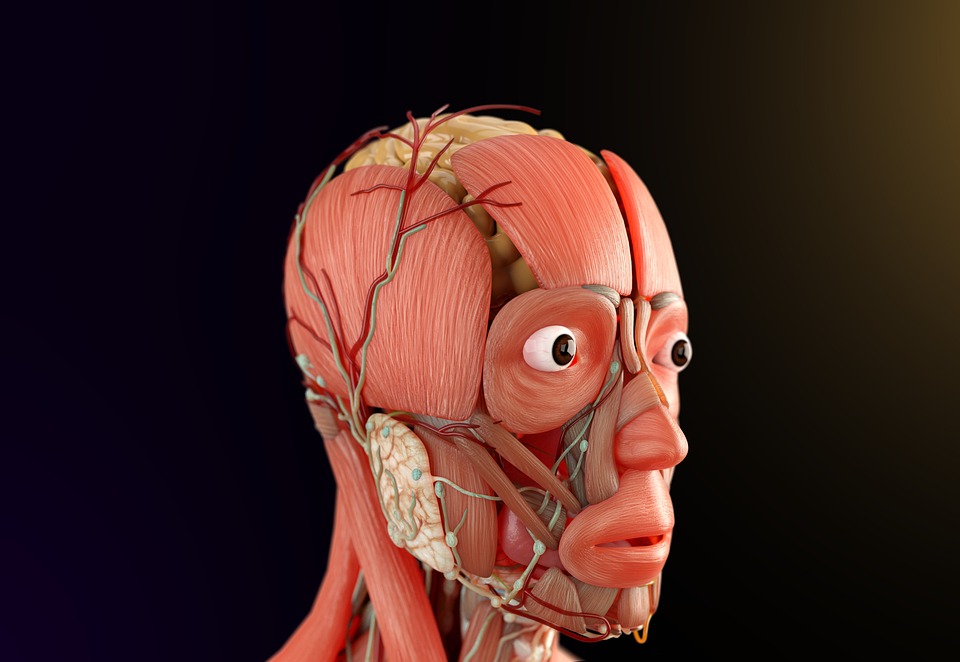The human body is a complex machine that runs on a precise balance of inputs and outputs, reactions and responses. At the heart of it all is the nervous system, the network of pathways and signals that enable the body to move, think, and feel.
Nervous system regulation is the process by which the body controls its functions and responds to external stimuli. It involves a delicate interplay between the central nervous system CNS, which includes the brain and spinal cord, and the peripheral nervous system PNS, which connects the CNS to the rest of the body.
The PNS is further divided into two branches: the somatic nervous system and the autonomic nervous system. The somatic nervous system controls voluntary movements, while the autonomic nervous system oversees involuntary functions such as heart rate, digestion, and breathing.
Within the autonomic nervous system, there are two additional branches: the sympathetic division and the parasympathetic division. The sympathetic division is responsible for the body’s “fight or flight” response, activating the body in times of stress or danger. The parasympathetic division, on the other hand, slows down bodily functions and helps the body relax and recuperate.
Nervous system regulation is crucial to maintaining a healthy and functional body. By constantly monitoring and adjusting its own processes, the body is able to respond to changes in its environment and achieve a state of equilibrium.

